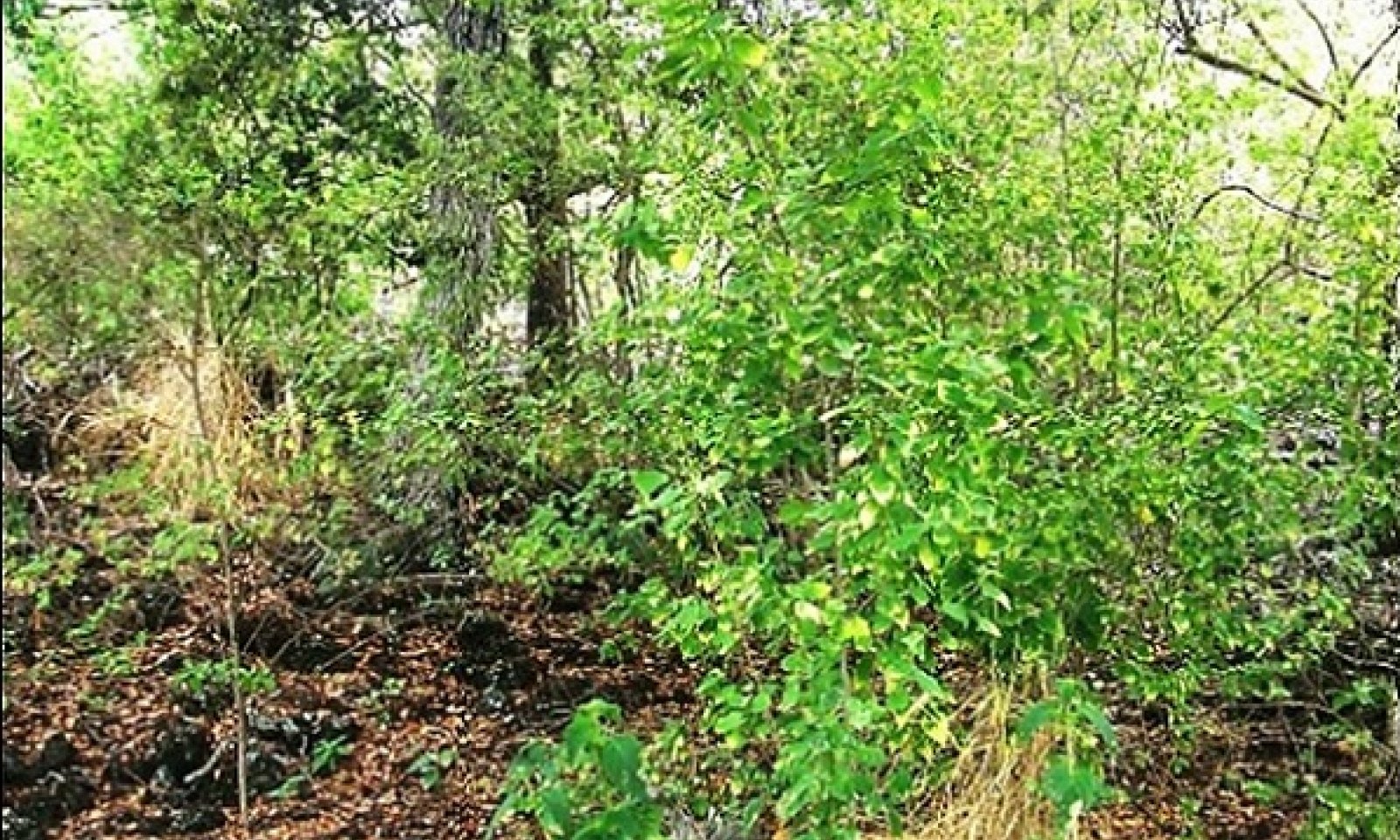
Ustic Isothermic Forest
Scenario model
Current ecosystem state
Select a state
Management practices/drivers
Select a transition or restoration pathway
- Transition T1A More details
- Restoration pathway R2A More details
- Transition T2A More details
- Restoration pathway R3A More details
- Transition T3B More details
- Transition T3A More details
- Restoration pathway R4A More details
- Transition T4A More details
-
No transition or restoration pathway between the selected states has been described
Target ecosystem state
Select a state
State 1
Reference State







Description
This state consists of one community phase. Intact examples of the original native plant community probably no longer exist. This description is compiled from field observations of restored and protected sites, remnant patches, and from historical accounts. In particular, the account of Joseph Rock (1913) was useful.
The general appearance of this ecological site is an open to nearly closed canopy of low to medium height (25 to 60 feet or 8 to 18 meters) trees, a shrub understory, and a ground layer of vines and sedges. Standing wood volumes are currently in the range of 300-800-1500 (low- midrange-high) cubic feet per acre on most soils, and 100-300-500 cubic feet per acre on very shallow soils over pahoehoe. Some ohia stands may be as high as 2300 cubic feet per acre.
Submodel
State 2
Exotic Tree-Invaded State
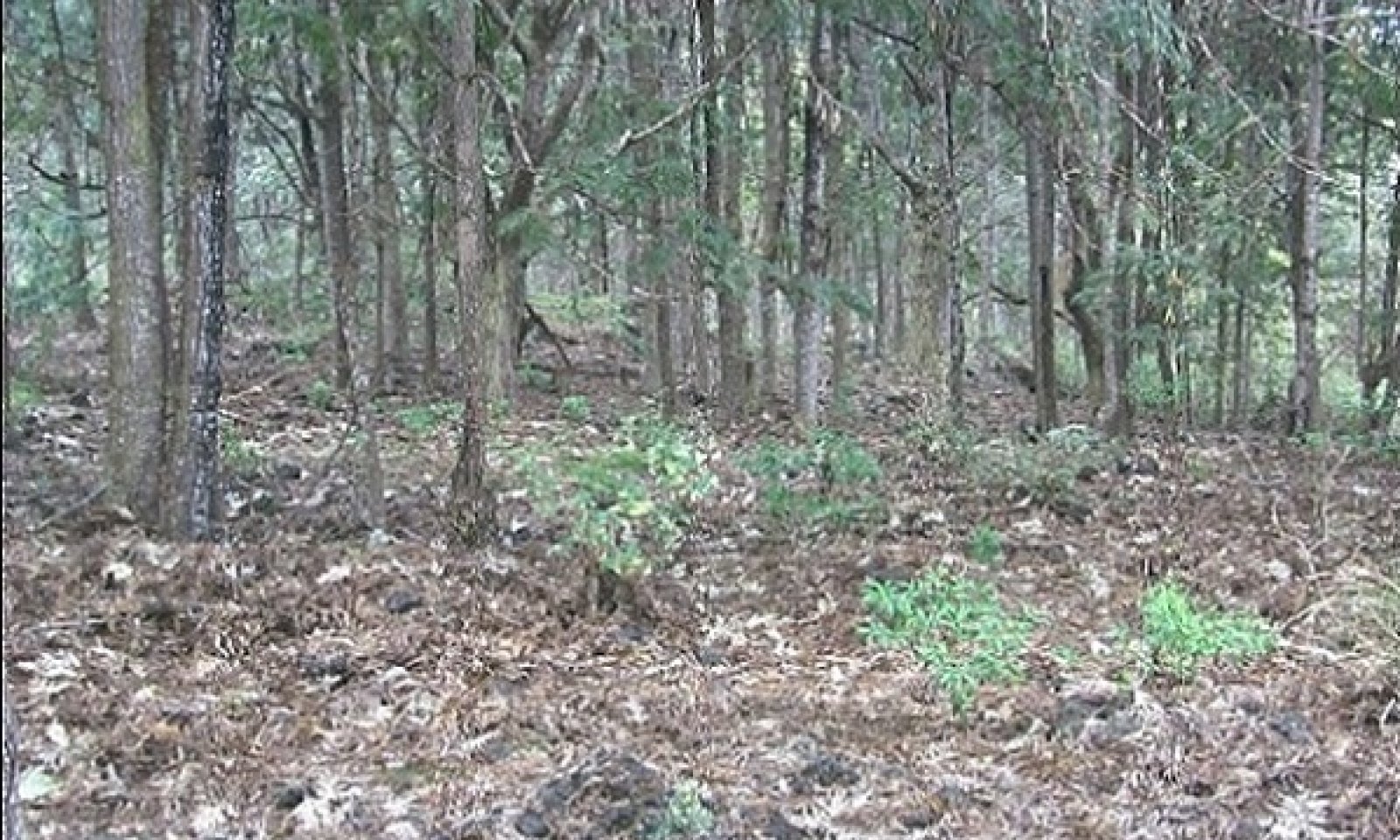


Description
This state consists of one community phase. It may represent a successional endpoint, in that most plant species appear to be unable to survive in the understory and because it may eventually become partially resistant to the occurrence of stand-destroying wildfires.
Submodel
State 3
Invaded Savanna State
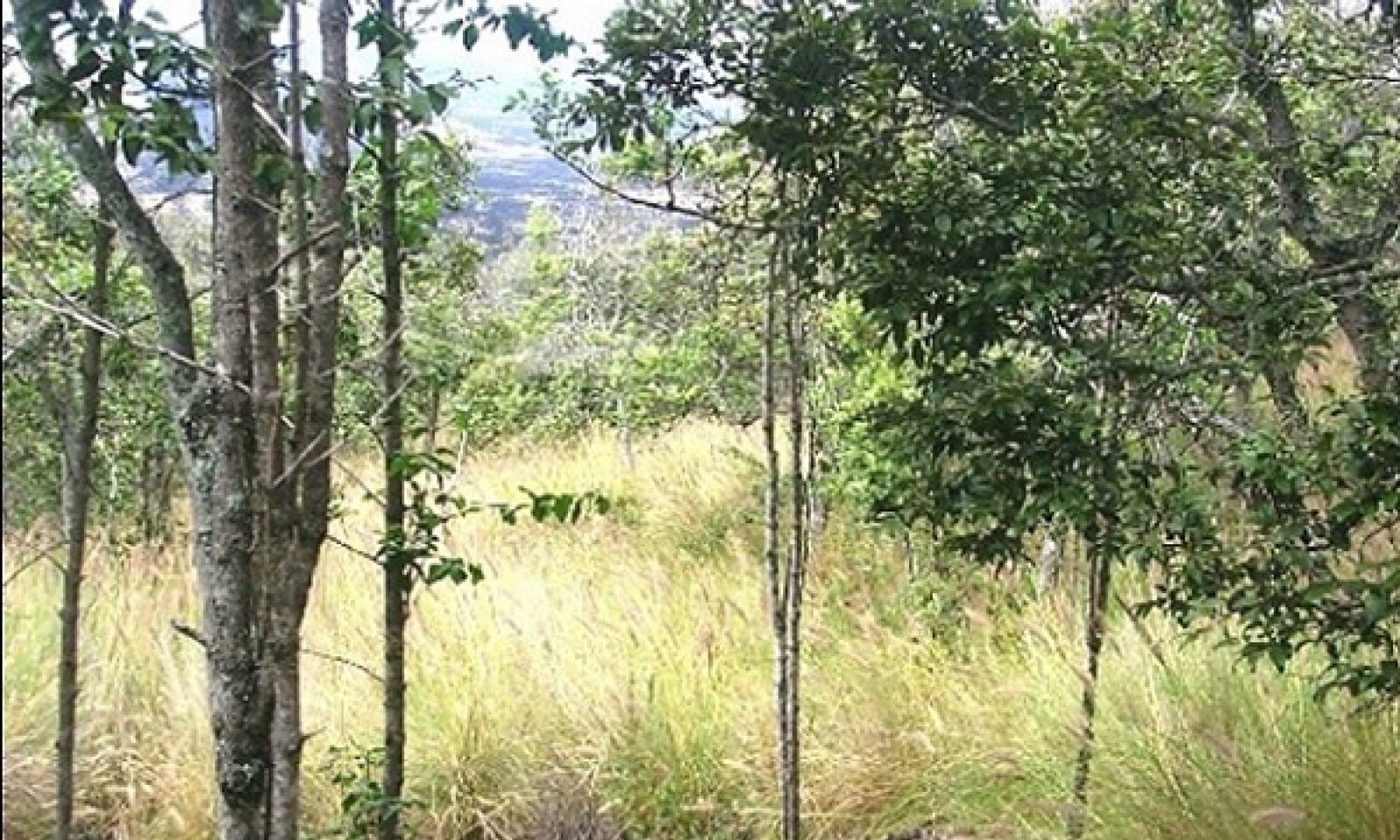




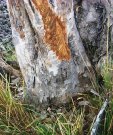


Description
This state is comprised of two plant communities. The overstory in both plant communities consists of an open to moderately closed canopy of native trees, introduced trees, or a combination of both. The understory is dominated by crimson fountaingrass (Pennisetum setaceum), which was originally introduced to Hawaii in 1926 as an ornamental plant. This grass outcompetes most other plants for soil moisture and growing space. It burns readily and frequently, producing a fast-moving wall of flames over 20 feet tall that destroys all other vegetation. Fountaingrass stands recover quickly from these fires. The native shrub aalii (Dodonaea viscosa) can increase in fountaingrass stands when fire is absent for many years. Silk oak (Grevillea robusta), an introduced tree, apparently can reproduce in fountaingrass; native tree seedlings are found only rarely beneath fountaingrass cover.
Fountaingrass grows very densely to about five feet tall. Under dense tree overstory canopy cover (80-90%), fountaingrass biomass is reduced somewhat (Jarrod Thaxton, person communication), but is still often dense enough to carry a fire. Fountaingrass is the main forage species for cattle. Under conditions of continuous grazing it will be replaced partially by short, less palatable grass species, weedy forbs, and shrubs.
Although dense and even fairly diverse stands of native trees may give this state the appearance of an intact forest, native plant regeneration is very sparse due to weed competition, wildfire, and ungulate damage. This fact is illustrated by the lack of native tree seedlings and saplings or shrubs, vines, and forbs.
Guineagrass (Urochloa maxima) is common along fence lines and in protected spots in this ecological site. This pasture grass grows well in similar soils and environments in South Kona, where fountaingrass is not yet widespread. It simply may not be competitive in the grazing and fire regimes associated with fountaingrass.
Submodel
State 4
Invaded Grassland State
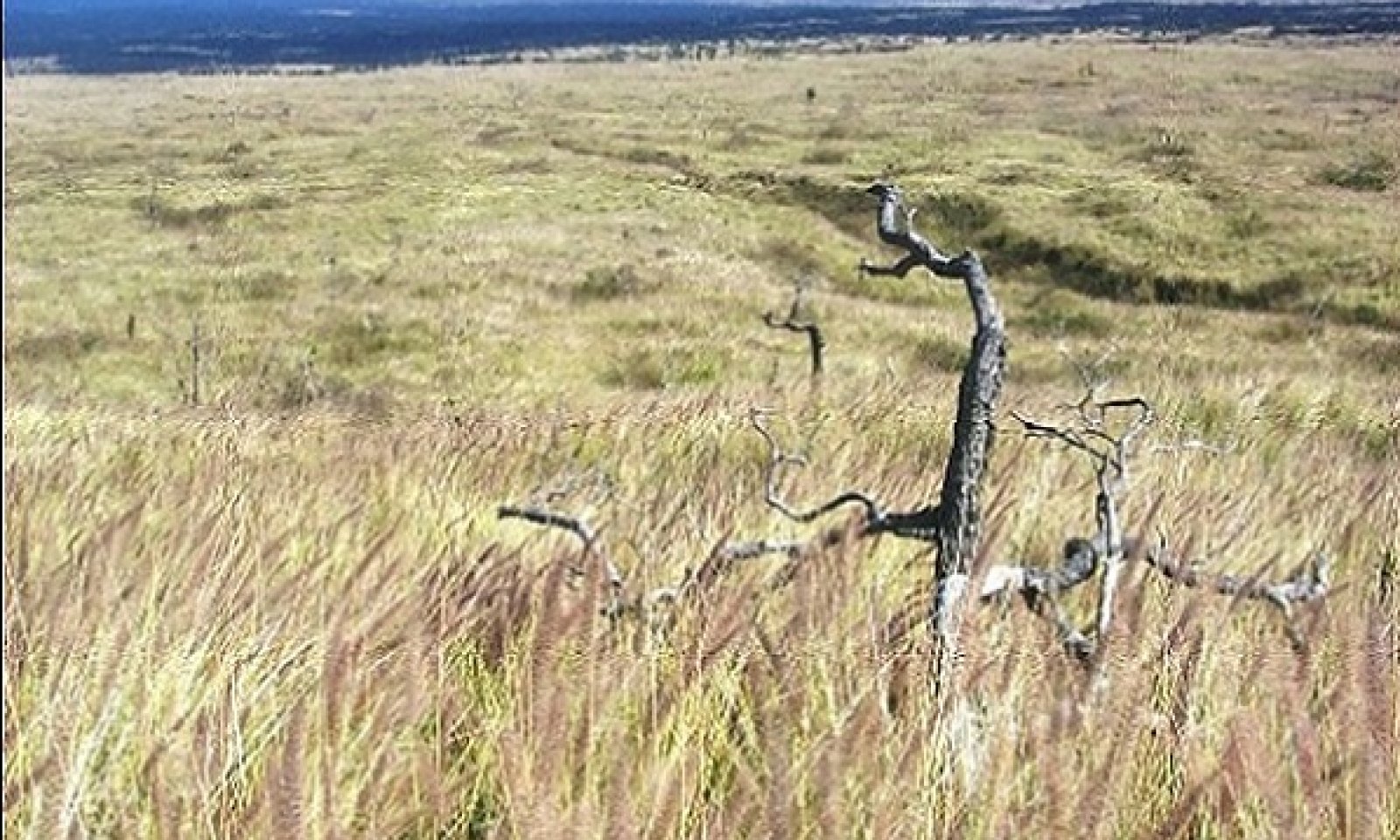



Description
This state consists of two community phases. It has an almost continuous cover of grass with no or very few trees, shrubs, and forbs. Grass cover is less on young aa flows and areas of pahoehoe outcrop. Few other plants are able to reproduce or survive in the grass stands. Wildfires are frequent, intense, and often of large extent. Most of the area occupied by this state was created originally by human-caused wildfires.
Submodel
Mechanism
This state transitions to State 3 Invaded Savanna by domestic and feral ungulates consuming native plants and stripping bark from larger trees, and by trampling and breakage. Eventually the plant community will consist almost exclusively of mature trees, unpalatable native shrubs, introduced shrubs, and introduced forbs. In particular, crimson fountaingrass (Pennisetum setaceum) invades and dominates the understory.
Mechanism
Restoration of this state to State 1 Reference is conceivably possible but would be difficult and expensive. Mechanical land clearing would be necessary, followed by intensive and long term weed control combined with native plant restoration.
Mechanism
This state transitions to State 4 Invaded Grassland if sufficient understory biomass remains to carry a wildfire of sufficient intensity to kill the overstory trees.
Mechanism
This state can be restored to State 1 Reference, particularly where dense native tree cover remains. The site must be securely fenced to exclude all domestic and feral ungulates, and a firebreak must be cleared around the fence line. Managed grazing outside the restoration site can help reduce wildfire threat. Introduced trees must be cut down, girdled, or killed with herbicide. Fountaingrass can be eliminated by weed whacking and then spraying the new leaves with herbicide; this usually must be done two or three times to kill most of the grass. Fountaingrass does not return easily to sites with fairly dense tree overstory (Susan Cordell, USFS-Hilo, personal communication). Some spontaneous native plant regeneration may occur. This usually is supplemented by replanting native species. Supplemental irrigation is very useful in the early stages of restoration.
Mechanism
This state will gradually convert to State 2 Exotic Tree Invaded by invasion of competitive tree species, particularly silk oak and christmasberry. These introduced tree species are able to invade open glades as well as native tree stands, eventually outcompeting nearly all other vegetation. This process takes place when livestock grazing is halted or when fire frequency is low enough to permit trees to produce a dense canopy that reduces fine fuels.
Mechanism
This state gradually transitions to State 4 Invaded Grassland due to lack of native plant regeneration due to weed competition and ungulate browsing coupled with destruction of existing native plants by ungulates. The transition is immediate when wildfire carried by abundant fountaingrass destroys all other vegetation. Fountaingrass stands recover quickly from fire.
Mechanism
This state may be restored to a facsimile of State 1 Reference. The site must be securely fenced to exclude all domestic and feral ungulates, and a firebreak must be cleared around the fence line. Managed grazing outside the restoration site can help reduce wildfire threat. Introduced trees must be cut down, girdled, or killed with herbicide. Fountaingrass can be eliminated by weed whacking and then spraying the new leaves with herbicide; this usually must be done two or three times to kill most of the grass. Fountaingrass does not return easily to sites with fairly dense tree overstory (Susan Cordell, USFS-Hilo, personal communication). Some spontaneous native plant regeneration may occur. This usually is supplemented by replanting native species. Supplemental irrigation is very useful in the early stages of restoration.
Mechanism
This state will transition gradually to State 2 Exotic Tree Invaded by invasion of competitive tree species, particularly silk oak and christmasberry. The rate of conversion will depend on proximity of tree seed sources. This process takes place when livestock are removed from a pasture or when fire frequency is low enough to permit trees to form a dense canopy that reduces fine fuels.
Model keys
Briefcase
Add ecological sites and Major Land Resource Areas to your briefcase by clicking on the briefcase (![]() ) icon wherever it occurs. Drag and drop items to reorder. Cookies are used to store briefcase items between browsing sessions. Because of this, the number of items that can be added to your briefcase is limited, and briefcase items added on one device and browser cannot be accessed from another device or browser. Users who do not wish to place cookies on their devices should not use the briefcase tool. Briefcase cookies serve no other purpose than described here and are deleted whenever browsing history is cleared.
) icon wherever it occurs. Drag and drop items to reorder. Cookies are used to store briefcase items between browsing sessions. Because of this, the number of items that can be added to your briefcase is limited, and briefcase items added on one device and browser cannot be accessed from another device or browser. Users who do not wish to place cookies on their devices should not use the briefcase tool. Briefcase cookies serve no other purpose than described here and are deleted whenever browsing history is cleared.
Ecological sites
Major Land Resource Areas
The Ecosystem Dynamics Interpretive Tool is an information system framework developed by the USDA-ARS Jornada Experimental Range, USDA Natural Resources Conservation Service, and New Mexico State University.



